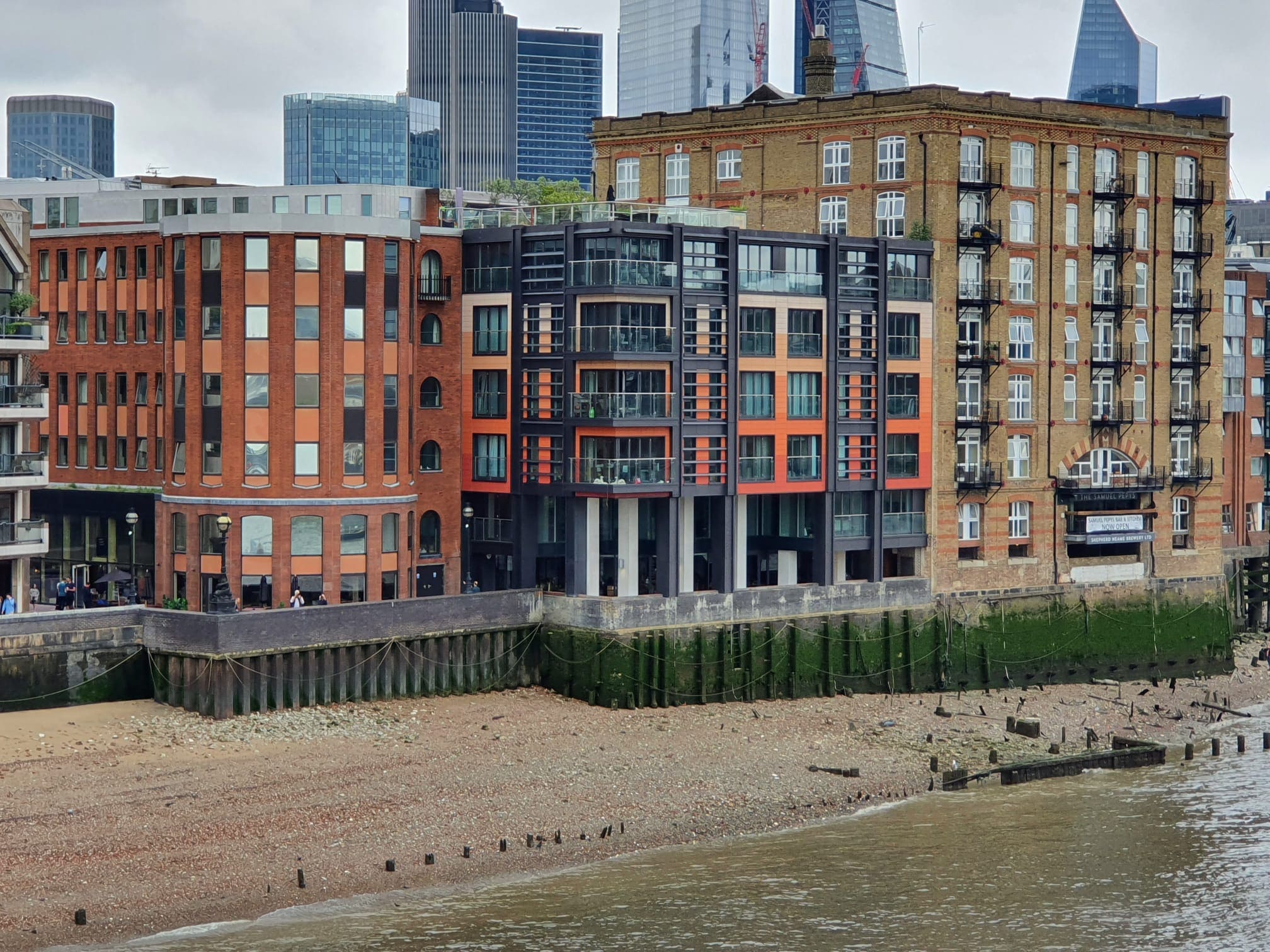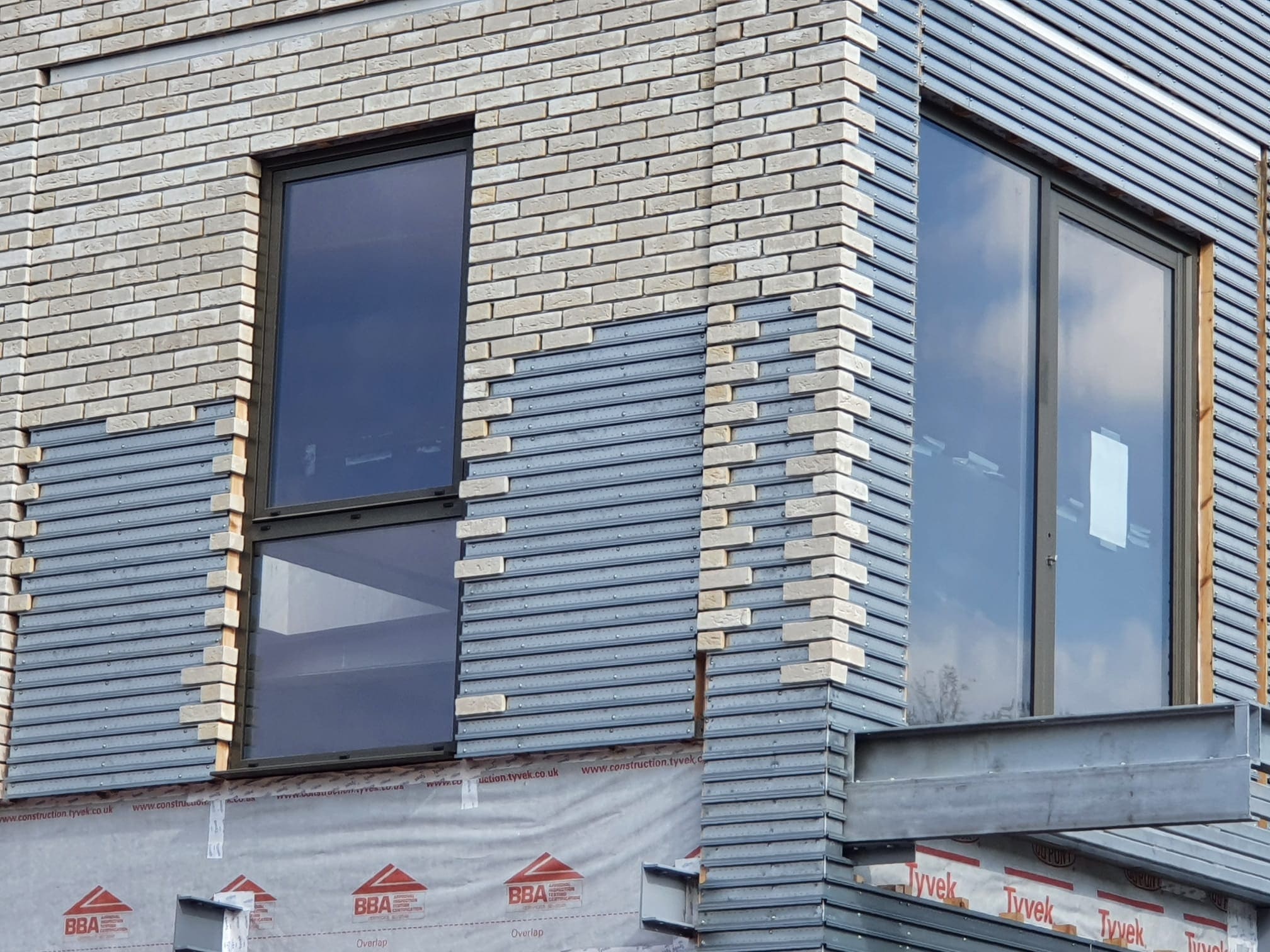20/10/2022
by: Mary-Anne Bowring and Ian Barber

What does a good leasing strategy look like?
Ringley Group, the €6bn (AUM) residential asset management specialist working with the likes of Europa Capital, PATRIZIA and Rise Homes, speaks to Build to Rent News about what investors and developers can be doing to optimise their leasing strategies.
By Mary-Anne Bowring, Group MD, and Ian Barber, MD for Build to Rent Leasing & Mobilisation – Ringley Group
Get the right tenants in
It sounds obvious, but getting the right people in is critical to the success of any Build to Rent development, and doing so requires a mixture of forensically targeted marketing, sophisticated filtering methods, and patience. Developers and investors are invariably under pressure to start generating income as quickly as possible, but cutting corners risks significant reputational damage, negative social media engagement and a never-ending headache for operational teams.
Treating the lease up strategy as part of a peacemaking piece can pay dividends. Ultimately, you want residents who are going to engage with the surrounding area, make positive contributions towards it, and become part of the community creation process. That way, the development becomes the bedrock of a lifestyle and neighbourhood they enjoy, which will maximise retention rates.
Power through tech
Tech needs to be the driving force behind all of this from start to finish, from marketing to viewings, reservations, contracts, events, payments and reporting. Crucially, however, tech needs to be seen as a complement, not replacement, for on-site teams. Its principal value-add functions are role simplification, clear reporting line, and accountability, enabling developers/investors to operate at scale.
Resources should be put behind end-to-end platforms that bring all of this under one roof, reducing the reliance on multiple consultants and solutions which can be a costly, time-intensive, and a logistically demanding exercise. An overreliance on consultants and underappreciation of one-stop-shop tech leads to disconnected data, greater exposure to human error, multiple layers of reporting, and all the re-work that goes with that.
Our Planet rent platform is one of the best conceived on the market and has helped some of the industry’s leading institutional investors automate the entirety of this process. Our fully integrated solution provides granular level detail into prospective target markets, rental expectations, rent reviews, lease expiry graphs, and void analysis, while on the deal and contract side, it covers tenant vetting and compliance, lease-up charts, break clauses, inquiries, contract expiry graphs, and much more.
It’s about accuracy, efficiency, and cost-cutting through consolidation – with long-term viability and recapitalisation in mind. Tech is also about helping tenants as much as it is about helping operational teams. Tenants need to be made to feel welcome and cared for at their new home, and a hassle-free move-in can be enabled by features such as home user guides, welcome journeys, resident surveys, and instant chat functions.
Specialist Build to Rent lettings teams
Appointing non-Build to Rent specialist lettings teams can be a costly move. Given the relative nascence of Build to Rent, they are often not the best advocates for it. This is by no fault of their own as they are a commercial enterprise after all. It’s just that the traditional PRS sector is an entirely different proposition and where many of them have learned their trade. This risks the prospect of basic errors, ill-informed residents, slower leases, and additional spending that fails to reflect the value they bring to the table. Agents also have competing interests to grapple with, which could mean driving prospective tenants towards competing schemes or PRS stock in the area.
Push the boundaries
Operational/asset management partners overseeing the leasing process need to be prepared to challenge the expectations of the investor. They will have made their calculations around rents, but it is our responsibility as an asset management partner to not only scrutinize those – we must make detailed recommendations about how we can increase them. At a scheme of ours in Manchester, for example, we recommended setting the rents significantly above the fund’s expectations as we were confident that our marketing strategy, and the operational management that followed, would comfortably justify that. A good chunk of prospective renters was living in second-hand, local authority and run down PRS stock but desired Build to Rent quality, distinguishing them as what some might call ‘savvy chic’.
Many were from the local neighborhood and were drawn to that proposition within an area they had grown up. Our marketing messages captured the aspirational nature of the development and our understanding of local demographics–the result of which was a huge pre-launch waiting list, achieved rents of 11%, the fund’s predictions, and a happy client.
The best results for investors come by appointing us across the whole capital stack. By advising from as early as the site-finding stage through to design, planning, construction, lease-up, mobilisation, to stabilisation, we can create additional value for the asset at various stages, part of which will ultimately be reflected in the rents. That could mean enhancing your ESG strategy, adapting the design/unit mix, boosting digital connectivity, reassessing your partnership programs, and much more. Working across the entire piece also means we can offer efficiencies by creating hybrid roles for staff that would otherwise be doing different things with different budget allocations. This is a highly effective way to reduce op-ex and improve gross-to-net.
Mary-Anne Bowring & Ian Barber: What does a good leasing strategy look like?
https://btrnews.co.uk
 1148
1148






Keep up to date
(Weekly, fortnightly or monthly)
To find out more what we do with your data, please read our Privacy Policy

 0
0











